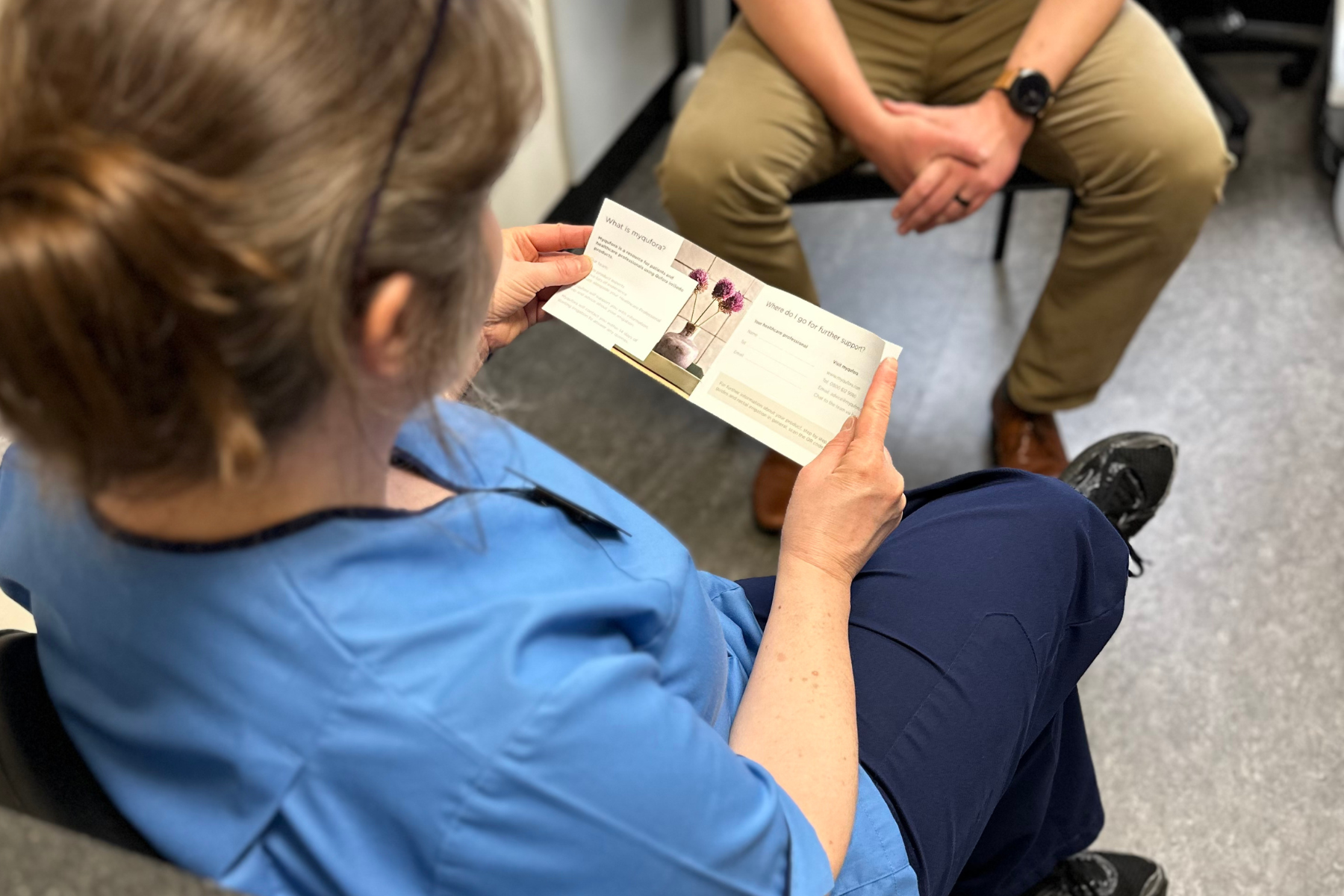Part 1 of this series has explored choosing between high and low volume irrigation and when to use a cone or a catheter-based system. Using step 1 and step 2 of the Decision Guide can greatly assist HCPs with these choices (Emmanuel et al., 2022).
However, as you know, each patient is an individual and their situation may not fit ‘into the box’. Despite having a high-volume bowel condition, it may be appropriate to start with low volume irrigation.
For instance, low volume is not only suited to specific conditions, as seen in Figure 1 from our last blog. It can also be used as a concept, for introducing irrigation to anxious patients.
Some patients may decline starting high volume but be open to using low volume irrigation. Starting with low volume is an approach which builds confidence and can help your patient to get on board with using irrigation. Having this period of adjustment buys time, whilst your patient becomes competent with irrigation, building it into their daily routine.
It can be worthwhile explaining to the patient the reasoning behind starting with low volume, for what would usually be a high-volume condition. If results are then insufficient there is less risk of demotivation with the overall process of irrigation.
For patients with low anterior resection syndrome (LARS), starting with low volume cone-based irrigation is considered the safest option, consensus of the Decision Guide UK working party. Depending on results, the water volume can then be gradually increased with a simple changeover to a high-volume cone system if required.
Some patients may express barriers to changing systems. Using products within the same range has the advantages of offering consistency (see table 1 below). For example, where an anxious patient has been started on a low volume product such as Qufora IrriSedo MiniGo or Qufora IrriSedo Flex, transitioning to a high-volume product, such as Qufora IrriSedo Flow, which has a water flow regulator, means patients can irrigate at their own pace, maintaining comfort. Plus, the simplicity of the range and consistent look and feel of the cone, all reduce anxiety.
Using products from the same range makes teaching and learning of the next product easier, helping to save valuable clinical time and reducing any potential anxiety associated with change. Thus, there can be a seamless transition for the patient, when moving between low and high-volume irrigation.
This is what healthcare professionals are saying about Qufora IrriSedo Flow:
“I think the flow is cleverly designed for easy set-up and usage. Its simplicity eases patients’ anxiety when it comes to setting up the device. It is also a great addition, especially for a group of patients who finds the balloon system uncomfortable. I love the size of the cone and its texture compared to the old cone, it is a great addition to the MacGregor product.” (Tolani Balogun, Physio)
“Easy to use and teach use of, the patients at home seem to be able to use it easily.” (Julia Chance, Nurse)
Table 1
Factors contributing to consistency within a range include:
- Moving from cone to cone
- Same lubricant – knowing that this will be comfortable and easy to insert and remove
- Ease of assembly
- Simplicity of use
- Easy disposal of insertion device
- Easy to clean and store
- How products are dispatched and presented to the patient
Whether your patient starts with low volume as a confidence-builder, or because it’s recommended as best practice in the decision guide, progressing to high volume can be a natural response to inadequate symptom relief.
Look out for the final part in our low and high-volume series which will look at the benefits of using a combination of both low and high volume together.
REFERENCE







